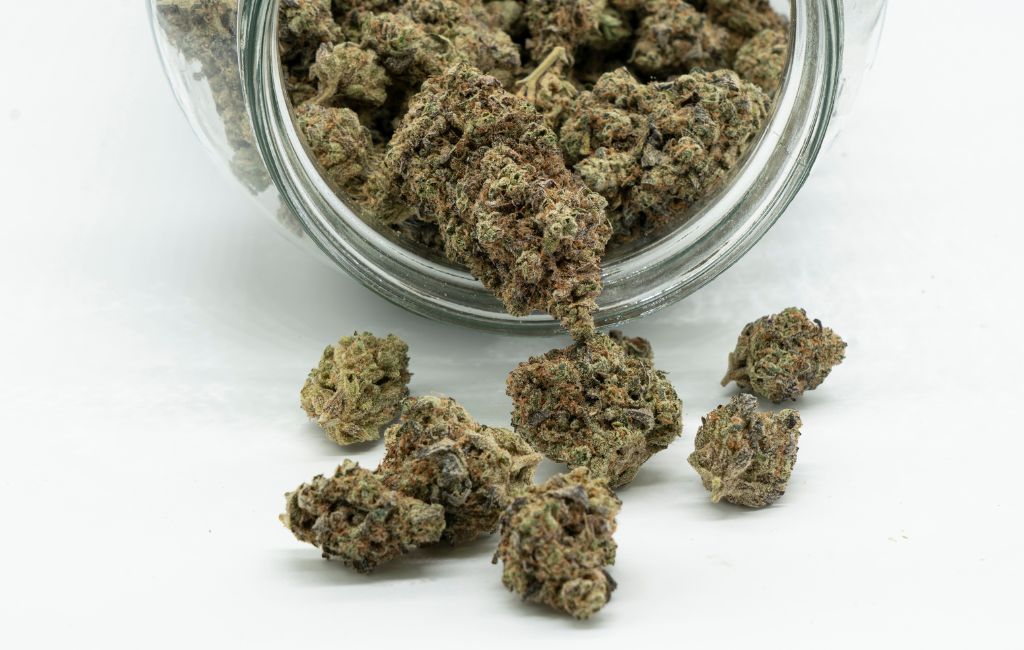THCa Flower vs. THC: Key Differences
The cannabis industry has seen a surge in interest and research, leading to a deeper understanding of its various compounds. Among these, THCa and THC stand out due to their unique properties and effects. This article explores the differences between THCa flower and THC, providing insights into their chemical structures, effects, and uses.
Understanding THCa and THC
THCa, or tetrahydrocannabinolic acid, is a non-psychoactive cannabinoid found in raw cannabis plants. It is the precursor to THC, the compound responsible for the psychoactive effects commonly associated with cannabis use. When cannabis is heated through smoking, vaping, or cooking, THCa undergoes decarboxylation, converting into THC.
Chemical Structure and Properties
The primary difference between THCa and THC lies in their chemical structures. THCa has an extra carboxyl group, making it an acid. This additional group prevents THCa from binding effectively to the CB1 receptors in the brain, which is why it does not produce psychoactive effects. THC, lacking this carboxyl group, can bind to these receptors, leading to the characteristic high.
Effects and Benefits
THCa is gaining attention for its potential therapeutic benefits without the psychoactive effects. Some of the reported benefits include:
- Anti-inflammatory properties
- Neuroprotective effects
- Anti-emetic (reducing nausea and vomiting)
- Potential anti-cancer properties
THC, on the other hand, is well-known for its psychoactive effects, which can include euphoria, relaxation, and altered sensory perception. It is also used for its medicinal properties, such as pain relief, appetite stimulation, and reducing muscle spasms.
Consumption Methods
The way cannabis is consumed can significantly impact whether THCa or THC is the dominant compound. Here are some common methods:
Raw Consumption
Consuming raw cannabis, such as in smoothies or salads, preserves THCa. This method is favored by those seeking the potential health benefits of THCa without the psychoactive effects of THC.
Smoking and Vaping
These methods involve heating cannabis, which converts THCa into THC. This is the most common way to experience the psychoactive effects of cannabis.
Edibles
Edibles are typically made using cannabis that has been decarboxylated, ensuring that THC is the primary active compound. This method provides a longer-lasting effect compared to smoking or vaping.
Legal Considerations
The legal status of THCa and THC varies widely across different regions. In many places, THCa is not considered a controlled substance due to its non-psychoactive nature. However, once it is converted to THC, it may fall under stricter regulations.
For instance, in the United States, the legality of THC is determined at the state level, with some states allowing recreational use, others permitting medical use, and some prohibiting it entirely. THCa, in its raw form, is often not subject to these restrictions, but this can change once it is decarboxylated.
Case Studies and Research
Recent studies have highlighted the potential benefits of THCa. A study published in the “Journal of Neuroimmune Pharmacology” suggested that THCa might have neuroprotective properties, which could be beneficial in treating neurodegenerative diseases. Another study in “Phytochemistry” explored its anti-inflammatory effects, showing promise for conditions like arthritis.
THC has been extensively studied for its effects on pain management. A notable study in “The Journal of Pain” found that THC could significantly reduce chronic pain in patients, offering an alternative to traditional pain medications.
Choosing Between THCa and THC
The choice between THCa and THC depends on individual needs and preferences. Those seeking therapeutic benefits without psychoactive effects might lean towards THCa-rich products. Conversely, individuals looking for the traditional cannabis experience may prefer THC.
It’s important for consumers to understand the differences and consult with healthcare professionals when considering cannabis for medical purposes. This ensures that they can make informed decisions based on their health needs and local regulations.
Conclusion
THCa and THC offer distinct experiences and benefits, each with its own set of properties and potential uses. As research continues to evolve, our understanding of these compounds will deepen, providing more opportunities for their application in both medical and recreational contexts. Whether one is interested in the therapeutic potential of THCa or the psychoactive effects of THC, understanding these differences is key to making informed choices in the ever-expanding world of cannabis.
